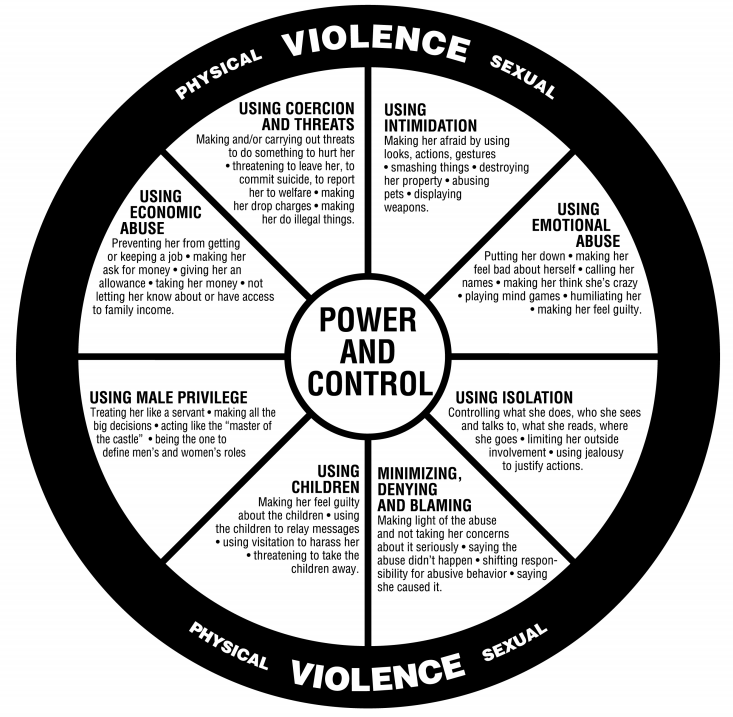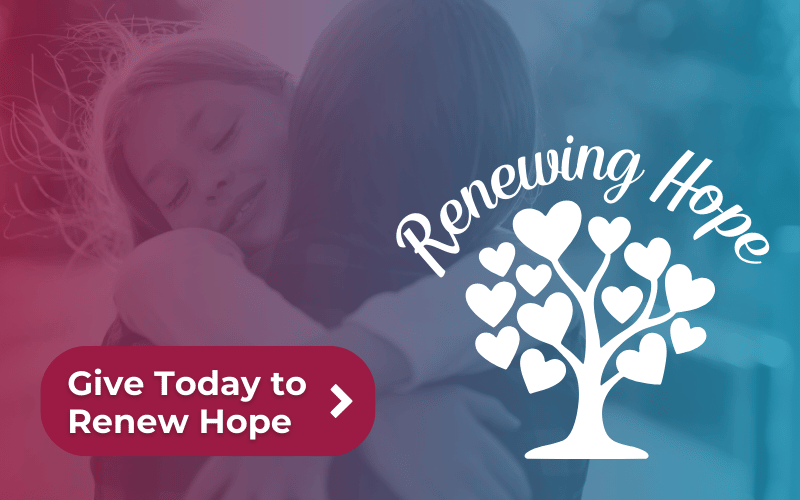By Eileen Zimmerman
As many of us, unfortunately, I also was exposed to domestic violence. I currently know people I care about that are in abusive relationships, and I want to be able to support them. So when I learned that the Community Resource Center was providing a forty-hour Domestic Violence Advocate training, I signed up.
The Training
The training took place across five Fridays at One Safe Place North in San Marcos. It was an incredibly powerful, emotional, and sobering experience. One of the first things I learned was a more accurate and detailed definition of domestic violence. When we hear the term, “domestic violence”, it typically conjures up images of a husband physically hitting his wife. However, domestic violence is more broadly defined as intimate partner abuse which is a pattern of behaviors used to establish power and control by one intimate partner over another.
What is Intimate Partner Abuse?
Intimate partner abuse can be physical, psychological, financial, technological, or even neglect. It is important to note that intimate partner abuse expands the understanding of domestic violence to include any two people in an intimate relationship, whether they are dating, living together, or married. In addition, the perpetrator can be a man or a woman, with 1 in 3 women, and 1 in 4 men, experiencing some form of physical violence according to the National Coalition Against Domestic Violence. This exertion of power and control is very intentional, with the perpetrator’s goal being to construct roadblocks to their partner leaving the relationship. For more examples of less talked about abuse behavior, see the Power and Control Wheel infographic included with this blog post.

So how can we help?
Fortunately, there are a number of ways we can support those experiencing intimate partner abuse.
Recognize the Warning Signs
Abusive partners often exhibit insulting or hurtful communication, extreme jealousy, and a desire to control and isolate. As a result, the victim may stop spending time with family and friends, no longer participate in activities they used to enjoy, or display a decline in work or school work.
Listen
The most important thing you can do is to listen, empathize, and validate the victim’s feelings and experiences without judgment. Tell the person that you are concerned for their safety, that you are committed to helping them when they are ready, and that you believe them. Victims of abuse have their self-esteem eroded, can feel devalued, may have lost power over their digital devices or finances, and have been isolated from friends and family. They can be concerned for their own safety, their children’s safety, and their pet’s safety if they leave the relationship. Victims know their situation best, and leaving is the most dangerous time in an abusive relationship.
Provide Resources
When the victim is ready, help connect them with organizations specializing in domestic violence, like the Community Resource Center, that can help them create a safety plan, get legal advice, find shelter, and obtain counseling services. Many municipalities across the country have Family Justice Centers that provide everything a victim and their family need to leave an abusive relationship, from obtaining a restraining order to filing for divorce and custody of their children, securing housing, and boarding their pets.
Donate
Consider donating to organizations like the Community Resource Center that provide support and resources to victims of domestic violence.
Finally, prevention is the key
Everyone deserves a healthy, non-violent, relationship. Talk to your children and the young people in your life about what healthy relationships look like. LoveisRespect.org is a great resource to help start the conversation. The Community Resource Center also does outreach to local high schools to provide education and training about what healthy relationships look like. You can email the Education and Prevention department at dvprevention@crcncc.org to learn more.
Community Resource Center
Domestic Violence 24/7 Confidential Hotline: (877) 633-1112
Domestic Violence Education and Prevention Department: Email dvprevention@crcncc.org
About the author:
Eileen Zimmerman is a wife and mother and business owner. She is also an active volunteer at Community Resource Center.

